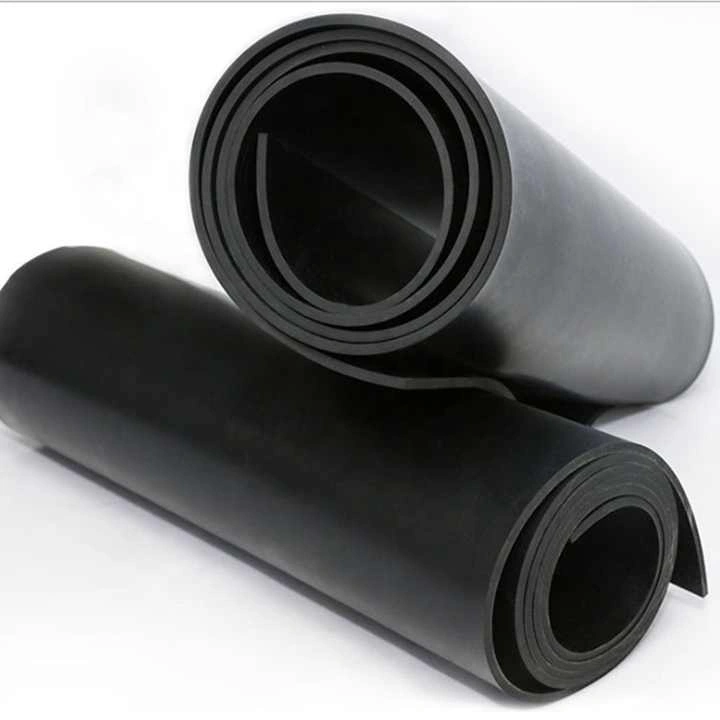SBR (Styrene-Butadiene Rubber) and NBR (Nitrile Butadiene Rubber) are two of the most widely used synthetic rubber materials in industrial applications. Though similar in structure, they serve different purposes due to differences in their chemical composition and properties.

1. Material Composition and Characteristics
SBR Rubber:
Made by polymerizing styrene and butadiene.
Known for high abrasion resistance and elasticity.
More affordable and widely used in non-oil environments.
NBR Rubber:
Composed of butadiene and acrylonitrile.
Offers strong resistance to oil, fuel, and many chemicals.
Slightly more expensive but suitable for harsher conditions.
2. Performance Differences
SBR Rubber Sheets:
Performs well under mechanical stress and friction.
Lacks oil and chemical resistance.
Operates between -50°C and +100°C.
Has moderate weather resistance.
NBR Rubber Sheets:
Excellent resistance to oil and petroleum-based fluids.
Withstands exposure to chemicals such as acids and alkalis.
Functions well in a temperature range of -30°C to +120°C.
Less flexible at low temperatures and needs additives for UV resistance.
Cost Factor:
SBR is more cost-effective for general-purpose use.
NBR offers long-term durability in demanding environments.
3. Typical Applications
SBR Applications:
Used in tires, conveyor belts, floor mats, and shoe soles.
Common in construction for waterproofing and vibration pads.
NBR Applications:
Ideal for oil seals, fuel hoses, and gaskets in automotive and machinery.
Found in medical gloves, hydraulic systems, and chemical plants.
4. Selection Advice
Choose SBR:
For dry, non-oily conditions.
When budget is a concern and abrasion resistance is needed.
Choose NBR:
When exposure to oils, fuels, or chemicals is expected.
For industrial environments needing high durability.
Conclusion
SBR and NBR rubber sheets each serve specific roles in industrial applications. SBR is the economical choice for abrasion and flexibility, while NBR stands out in environments with oil and chemical exposure. By understanding their strengths and limitations, users can select the most suitable rubber material for safe and cost-effective performance.
If you would like to find out more about SBR/NBR rubber sheet or to purchase Rubber products, please contact us at sales@weitengroup.com, wwww.weitengroup.com.